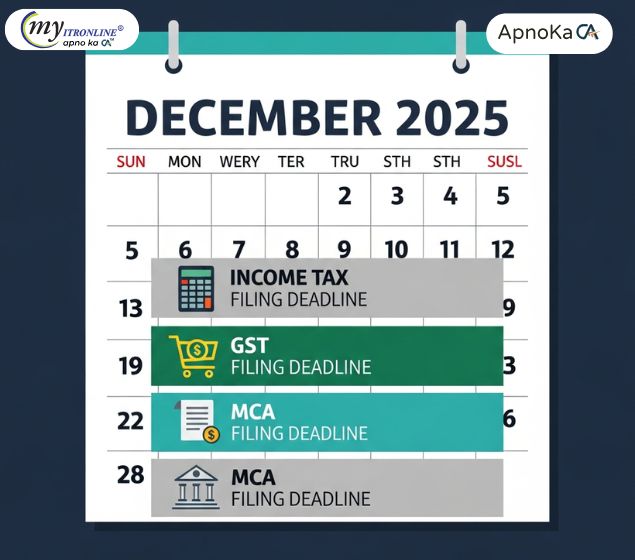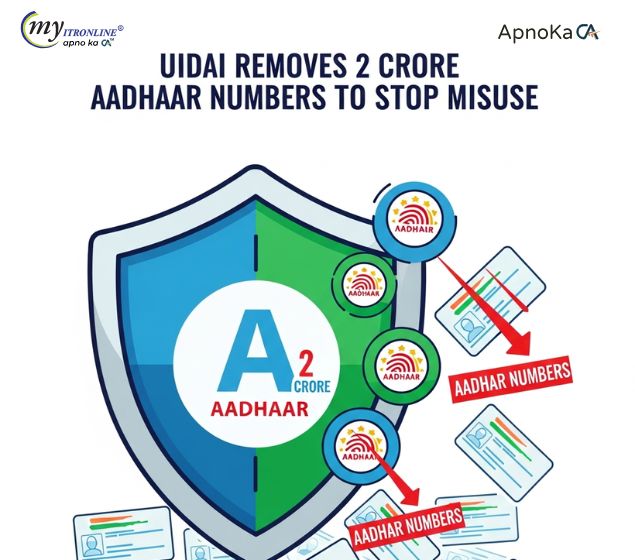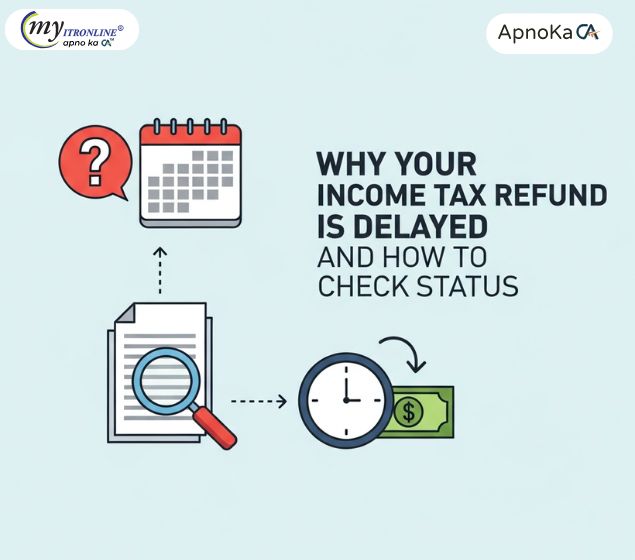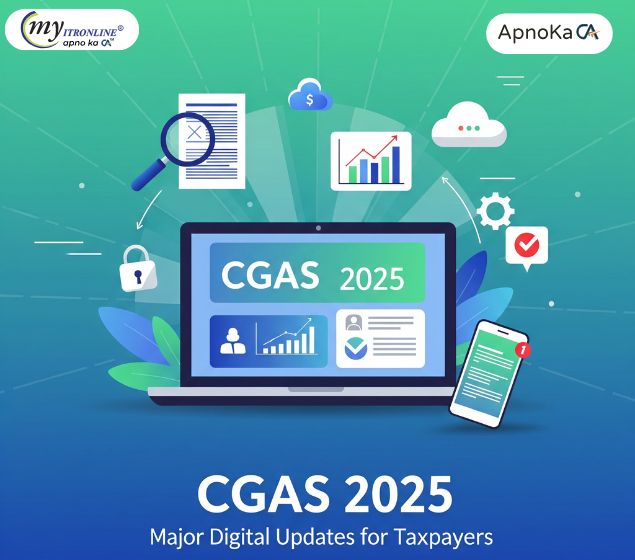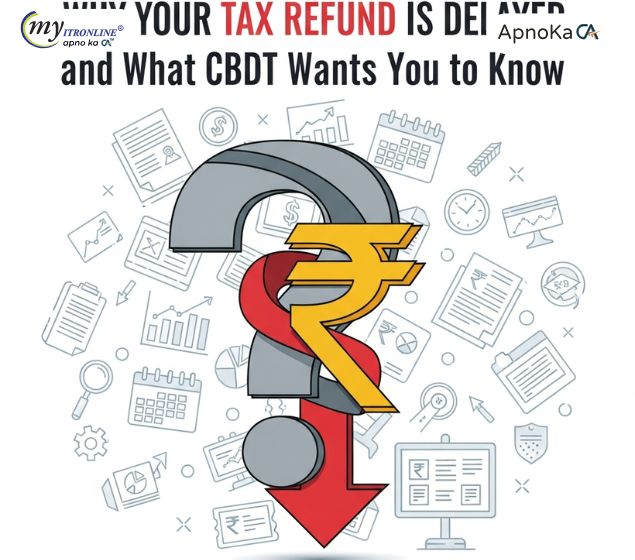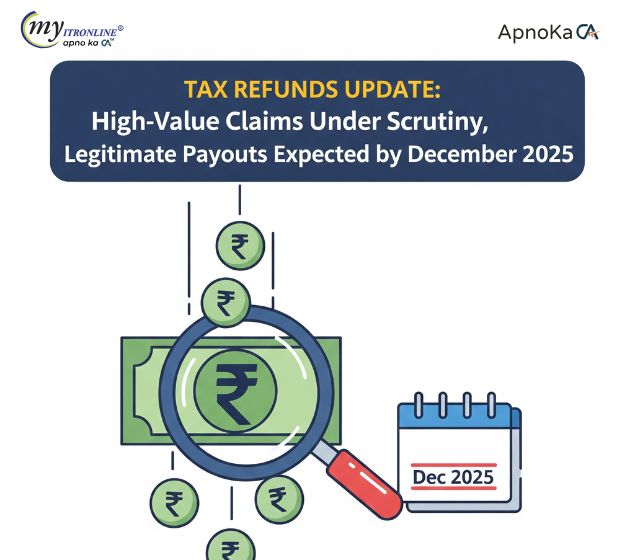A Complete Guide to TDS on GST Understanding
This blog provides a comprehensive guide to understanding the Tax Deducted at Source (TDS) mechanism on GST bills. It covers who is liable to deduct TDS, how to calculate TDS, and the benefits and challenges of implementing TDS on GST bills. The blog also provides best practices for implementing TDS on GST bills and answers frequently asked questions.

TDS on GST Invoices
The Indian tax system has undergone a substantial reform as a result of the Goods and Services Tax (GST) regime. The Tax Deducted at Source (TDS) system is one of the most important components of GST. Under the TDS system, the payer (deductor) withholds a predetermined amount from the payment as taxes and deposits it with the government. We will explore the nuances of TDS on GST invoices in this blog, covering who is responsible for deducting TDS, how to compute TDS, and the advantages and difficulties of doing so.
Under the GST Law, who is liable to deduct TDS?
Under GST, the following organizations must deduct TDS:
- Departments or Establishments of the Federal or State Government: TDS is required to be deducted from GST bills by all federal and state government departments, including ministries.
- Local bodies: TDS must be subtracted from GST bills by panchayats, municipal corporations, and other local bodies.
- Governmental Organizations: Public sector undertakings (PSUs), which are government-affiliated organizations, are required to deduct TDS from GST invoices.
- People or Groups of People Notified by the Government: To deduct TDS on GST invoices, the government may notify particular individuals or groups of individuals. For instance, banks, insurance providers, and e-commerce businesses would have to withhold TDS on GST invoices.
When Do TDS Requirements Apply to GST Bills?
When the entire value of supplies provided under a contract exceeds INR 2,50,000, TDS is due on GST bills. This cutoff doesn't apply to specific invoices; rather, it applies to the entire amount of supplies paid for under one contract.
How to Determine TDS on GST Invoices
The following procedures are involved in calculating TDS on GST bills:
- Find the Contract Value: Ascertain the entire amount of goods provided in accordance with a contract.
- Verify GST Registration: Make sure the deductor and the deductee are both registered under the GST.
- Calculate the Amount Owed: Determine the total amount that must be paid, GST excluded, to the supplier.
- Compute TDS: Deduct 2% of the total amount owed to the supplier (excluding GST).
- TDS Deposit: Within the allotted period, deposit the TDS that was withheld with the government.
- Record TDS Returns: Provide a TDS certificate in Form GSTR-7A and file TDS returns in Form GSTR-7.
An Example of the GST Bill's TDS Calculation
Let's say a government agency signs a contract with a supplier to purchase items valued at INR 3,00,000. The 18% GST rate is in effect.
- Value of Contract: INR 3,00,000
- GST Amount: INR 54,000 (18% of INR 3,00,000).
- Total Invoice Value: INR 3,54,000 (INR 3,00,000 + INR 54,000)
- Amount without GST: INR 3,00,000
- TDS Estimation: 2% of INR 3,00,000 is INR 6,000 for CGST (1%) and INR 3,000 for SGST (1%)
- Payment to Supplier after TDS Deduction: INR 3,48,000 (INR 3,54,000 - INR 6,000).
TDS Benefits for GST Bills
TDS on GST invoices has a number of advantages:
- Effective Tax Collection: By guaranteeing prompt tax collection, TDS lessens the load on taxpayers.
- Transaction Tracking: TDS facilitates the tracking of large-value transactions, hence lowering tax avoidance and fostering transparency.
- Revenue Growth: TDS helps ensure a consistent increase in government revenue.
- Transparency: By fostering compliance and lowering disputes, TDS establishes a transparent tax environment.
- Credit Availability: Suppliers can lessen their tax burden by applying TDS credit against their tax obligations.
- Compliance: By encouraging adherence to tax regulations, TDS lowers the possibility of fines and legal problems.
Difficulties with TDS Implementation on GST Bills
TDS on GST bills has benefits, but there are drawbacks as well:
- Complicated Calculations: When there are several contracts and several GST rates, it might be difficult to calculate TDS on GST bills.
- Record-Keeping: Meticulous record-keeping and deadline observance are necessary for filing TDS returns and issuing certificates.
- Technological Integration: It can be difficult to make sure that TDS procedures are seamlessly integrated with the current accounting and tax software.
- Compliance Burden: Small and medium-sized businesses (SMEs) may find TDS compliance to be particularly onerous and time-consuming.
- Penalties and Interest: Penalties and interest accruing from noncompliance with TDS regulations increase the financial strain on enterprises.
- Education of Suppliers: It might be difficult to inform suppliers about TDS requirements and make sure they comply.
- Reconciliation Problems: It can be difficult and time-consuming to reconcile TDS amounts with suppliers and the government.
The Best Ways to Apply TDS on GST Bills
Businesses can use these recommended strategies to get around the difficulties associated with applying TDS on GST bills:
- Automate TDS Calculations: To cut down on errors and automate TDS calculations, use accounting and tax software.
- Keep Correct Records: Keep complete and accurate records of all TDS payments, returns, and deductions.
- Interact with Suppliers: Discuss TDS requirements with suppliers and make sure they abide by them.
- Perform Regular Reconciliations: Reconcile TDS amounts on a regular basis with suppliers and the government.
- Seek Professional Guidance: To guarantee adherence to TDS regulations, seek professional guidance from tax consultants or chartered accountants.
- Keep Abreast of Changes: Keep abreast on any TDS changes.
In Summary
A crucial component of the Indian tax system, TDS on GST invoices aims to increase revenue growth, compliance, and transparency. Businesses can overcome the difficulties associated with applying TDS on GST invoices by adhering to best practices, automating TDS computations, and keeping correct records. Businesses can guarantee compliance, lower penalties and interest, and foster a transparent tax environment by being aware of the nuances of TDS on GST invoices.
Answers to Common Questions (FAQs)
- What is the TDS threshold on GST invoices? INR 2,50,000 is the threshold for TDS on GST invoices.
- On GST bills, who is responsible for deducting TDS? Departments or establishments of the Central or State Government, municipal authorities, governmental agencies, and individuals or groups of individuals designated by the Government are among the entities that are obligated to deduct TDS on GST bills.
- What is the GST bill's TDS rate? On GST bills, the TDS rate is 2% of the supplier payment, less GST.
- How frequently must I submit my TDS returns? Form GSTR-7 TDS returns must be submitted on a quarterly basis.
- What happens if my GST invoice's TDS is not subtracted? Penalties and interest charges may be imposed for failure to deduct TDS from GST invoices.
- Can TDS be credited toward my tax liability? Yes, suppliers may apply their TDS credit to their tax obligations, lessening their tax burden.
FILING YOUR INCOME TAX RETURN F.Y 2024-25 (A.Y. 2025-2026) WITH MYITRONLINE
The income tax filing deadline is right around the corner. If you haven’t filed yet, do it today with Myitronline! Avoid last minute rush and file your tax return today on MYITRONLINE in Just 5 mins.(www.myitronline.com)
If you are looking for eCA assistance to file your income tax return/ GST, you can opt for MYITRONLINE eCA assisted plan starting
Upload Salary Individual Form-16
If you have any questions with filing your tax return, please reply to this mail. info@myitronline.com OR call 9971055886,8130309886.
Note-All the aforementioned information in the article is taken from authentic resources and has been published after moderation. Any change in the information other than fact must be believed as a human error. For queries mail us at marketing@myitronline.com
Krishna Gopal Varshney
An editor at apnokacaKrishna Gopal Varshney, Founder & CEO of Myitronline Global Services Private Limited at Delhi. A dedicated and tireless Expert Service Provider for the clients seeking tax filing assistance and all other essential requirements associated with Business/Professional establishment. Connect to us and let us give the Best Support to make you a Success. Visit our website for latest Business News and IT Updates.
Leave a reply
Your email address will not be published. Required fields are marked *Share this article
Krishna Gopal Varshney, Founder & CEO of Myitronline Global Services Private Limited at Delhi. A dedicated and tireless Expert Service Provider for the clients seeking tax filing assistance and all other essential requirements associated with Business/Professional establishment. Connect to us and let us give the Best Support to make you a Success. Visit our website for latest Business News and IT Updates.
View articles











